Top 10 Most Beautiful Historical Sites in Canada
In an official sense, Canada is a new country (French and English settlers arrived during the Age of Exploration in the 15th and 16th centuries and created the ... read more...foundations for what would become modern-day Canada), although indigenous peoples and other settlers have lived here for millennia. Canadian culture is celebrated in a variety of ways around the country, including the preservation of its past through buildings, antiques, and natural remnants. Open to the public, historical sites depicting the life of indigenous peoples, European settlers, Vikings, and even dinosaurs are fantastic places to learn about the country's rich history. Today, let's follow Toplist to discover the most beautiful historical sites in Canada
-
L'Anse aux Meadows in Canada's Newfoundland is the only known Viking settlement in North America, and the Vikings were also the region's first European visitors. The location of L'Anse aux Meadows had been occupied from prehistoric times before the Norse settlement, but it is the advent of the Vikings in around 1,000 AD that makes this place so interesting. Today, it is considered one of the most beautiful historical sites in Canada.
Eight houses consisting of timber frames covered in turf were discovered on the site. The main structure included numerous rooms, while three smaller structures could have been servant or slave quarters. Workshops were discovered because they had a forge and iron slag, as well as a carpentry workshop with wood debris. A weaving loom and spindle were found also suggesting women settled with the Norse men.
L'Anse aux Meadows is a UNESCO World Heritage Site today. Visitors at L'Anse aux Meadows can take a tour of three reconstructed 11th-century wood-framed Viking structures, as well as see archaeological dig artifacts at the interpretive center.
There is also an aboriginal hunting camp near the Norse ruins. Enjoy a picnic amid the magnificent coastline scenery after journeying back in time to the Viking era, keeping an eye out for icebergs and whales passing by.Location: Newfoundland and Labrador A0K 2X0, Canada
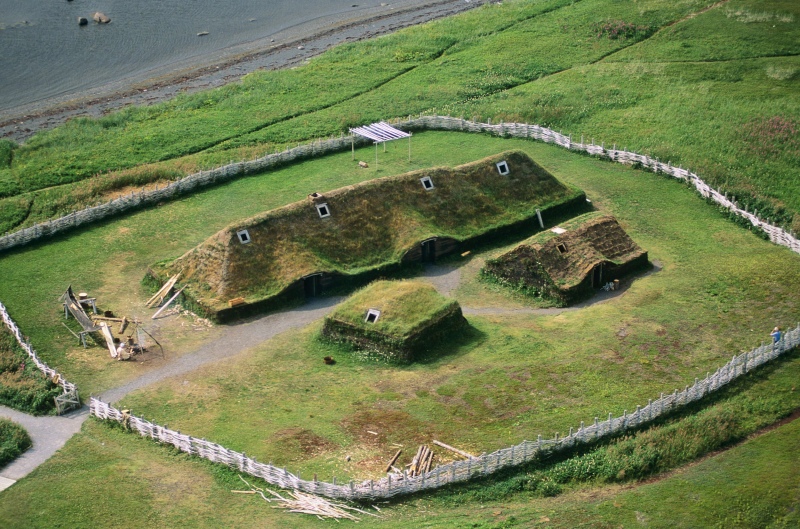
Photo: thoughtco 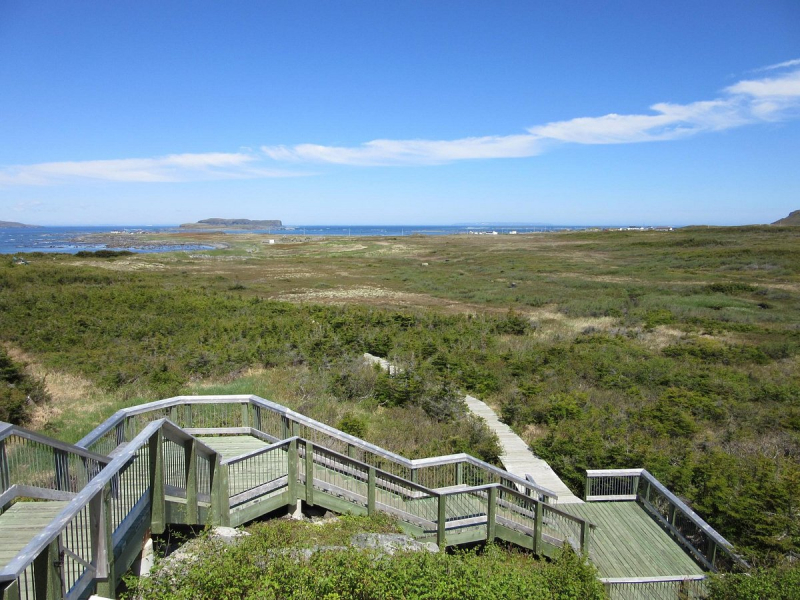
Photo: tripadvisor -
The Canadian National War Memorial, which has been in Ottowa, Canada's capital since 2000, honors those who died in World War One.
Prior to the end of the First World War, Canadian Prime Minister Robert Border declared his wish to create a magnificent monument to remember the war's fatalities in 1915. As the negotiations continued throughout the Great Depression, there was some opposition to the notion, primarily due to cost concerns. However, the Canadian War Memorial Fund was established in 1918 to commemorate Canada's contribution to the war effort.
In 1926, the design of Vernon March was chosen; his motif depicted military figures going under an arch without glorifying combat, instead emphasizing their eagerness to react to the summons. March was guided through his wax models, which were cast in bronze in his foundry, even down to the buttons and straps on the clothes. March's six siblings and sisters finished the monument following his death in 1930 in 1932.
Today, you can pay a visit to Ottawa's massive granite cenotaph, which is guarded by sentinels. When seen at night, the March memorial is very touching, with its dramatic lighting casting shadows across the arch. Despite being surrounded by the hustle and bustle of Ottowa life, the place maintains a strong introspective feeling.Location: Ottawa, Ontario, Canada
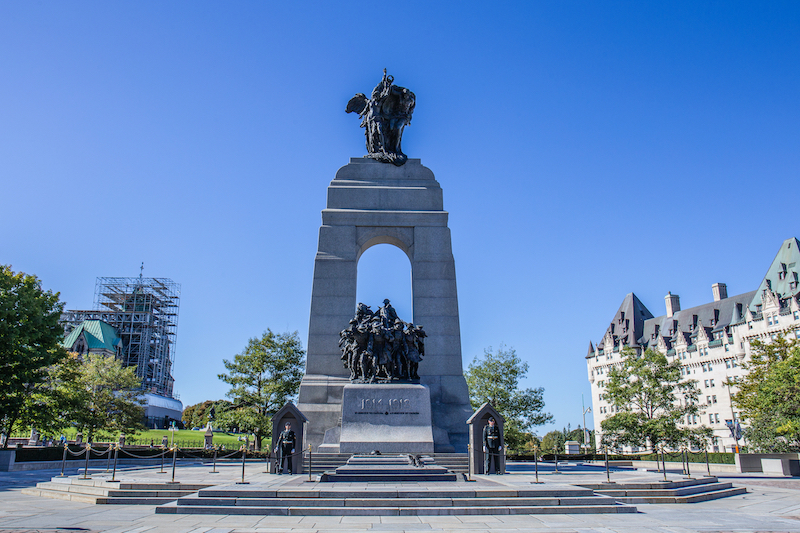
Photo: cmfmag 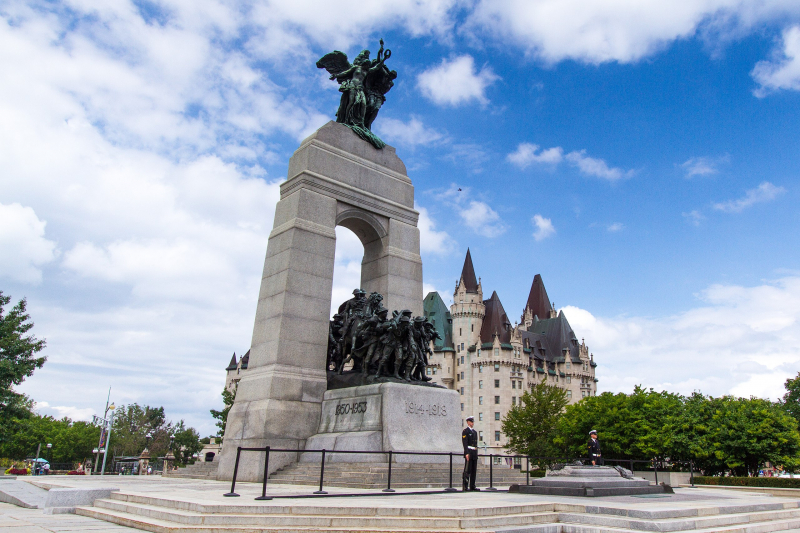
Photo: commons.wikimedia -
The Canadian War Museum is the country's primary military history museum and one of the world's most renowned institutions for the study and comprehension of armed conflict. The Museum was founded in 1880 and composed mostly of a collection of militia items at the time.
On May 8, 2005, the Museum moved to its current location on the LeBreton Flats property in downtown Ottawa. Its opening commemorated not only the 60th anniversary of the conclusion of World War II in Europe (V-E Day), but also the Museum's 125th anniversary.
Rare vehicles, artillery, uniforms, medals, personal recollections, and 14,000 works in the Beaverbrook Collection of War Art are among the Museum's treasures, which are among the best in the world. More than 3 million objects, specimens, works of art, written documents, and sound and video recordings make up the collection. The George Metcalf Archival Collection and the Hartland Molson Library are both housed at the Military History Research Centre. The rich military history of Canada is documented in these enormous collections of primary and secondary research material.
The exhibition halls and public events at the Museum are centered on the human experience of conflict. The Canadian Experience Galleries depict Canada's military history from its beginnings to the present, as well as its legacy of commemoration and memory. Each gallery focuses on pivotal occasions in Canadian military history, as well as how past events influenced the country.
Location: 1 Vimy Place, Ottawa, Ontario, Canada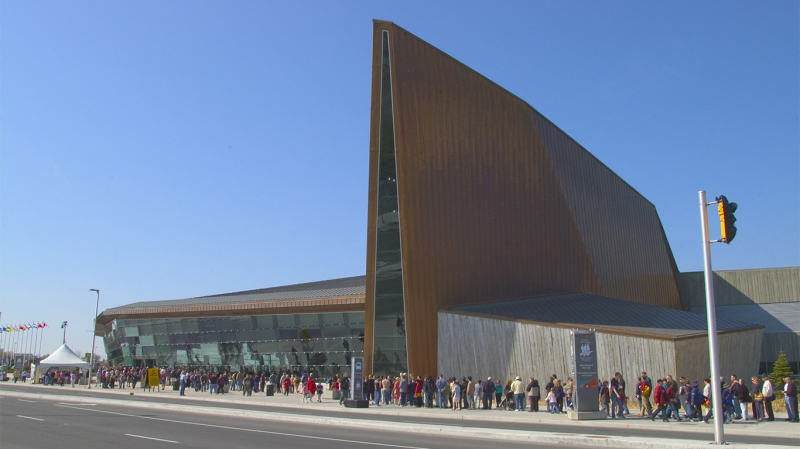
Photo: pro-bel.ca 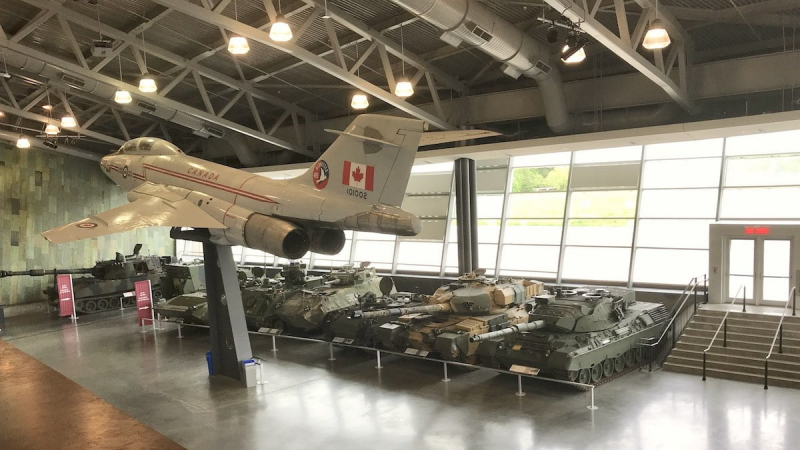
Photo: geekdad -
The Canadian Museum of History is a museum dedicated to the culture and heritage of Canada's Aboriginal peoples, the Vikings, and the stories of the nation's leaders and personalities throughout history. The first incarnation of the Canadian Museum of History was established in May 1856 as part of the Geological Survey of Canada. The National Institution of Canada, previously the National Museum of Man, came out of the museum. In 1910, a new anthropological division was founded, and the museum has been a hub for Canadian anthropology research ever since.
"To enrich Canadians' knowledge, understanding, and appreciation of events, experiences, people, and artifacts that reflect and have shaped Canada's history and identity, as well as to enhance their awareness of international history and cultures," the Canadian Museum of History stated.
Each year, the Museum hosts a variety of great exhibitions focused on Canadian and world history and civilizations, in addition to its continuous shows, which include the stunning Grand Hall and First Peoples Hall. These shows include ones created by the Museum, as well as many others from around Canada and around the world. The Canadian Children's Museum, a 500-seat theater, and a 295-seat movie theater featuring a big 3D screen and a giant dome are all located within the Museum.
The Canadian Museum of History is Canada's most popular museum, with over 1.2 million people per year flocking to its famed complex in the heart of the National Capital Region. With its unique architecture, this museum is one of the most beautiful historical sites in Canada.
Location: 100 Laurier St, Gatineau, Quebec K1A 0M8, Canada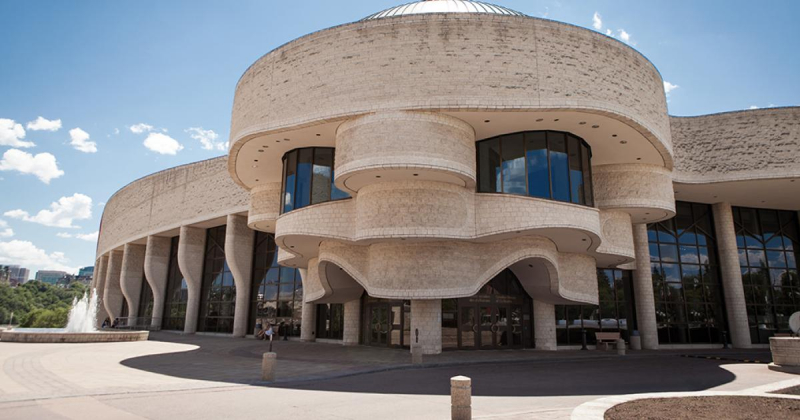
Photo: ottawatourism 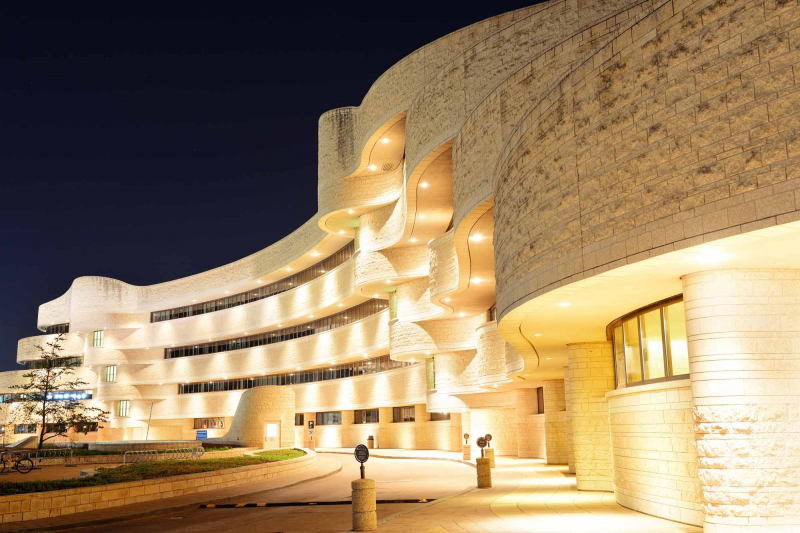
Photo: thecanadianencyclopedia -
The Canadian Parliament Buildings are located on Parliament Hill in Ottawa, Canada, and serve as the seat of the country's Parliament. Despite the fact that much of the Parliament Buildings were destroyed in a fire in 1916, the Gothic aura of these structures still exists, albeit with many later additions.
Queen Victoria chose Ottawa as the capital of the United Provinces of Canada in 1858, but the little town required more room for a House of Commons and Senate. Albert Edward, Prince of Wales, lay the cornerstone of the Canadian Parliament Buildings overlooking the Ottowa River several years later, in 1860.
The structures were to be created in the Gothic Revival style, inspired by the recently finished British Parliament in London. Each of the competition winners was given a block to construct: a Center Block and two administrative blocks. Built using local resources, the Victorian Gothic Parliament Buildings featured pointed arches, spires, and rubble-course stonework. The legislature first convened on June 6, 1866, just in time for Confederation in 1867.
Today, Canada's accessible Parliament Buildings serve as a lasting national emblem. They've been updated over the years to accommodate more office space while preserving vital public landmarks. The grounds are dotted with monuments of significant political personalities who have shaped Canada and give a pleasant open place in which to observe the Gothic architecture. When the buildings aren't being restored, you can take a tour of the Center Block, making sure to stop at the lovely library.
Location: Wellington Street, Ottawa, Ontario, Canada
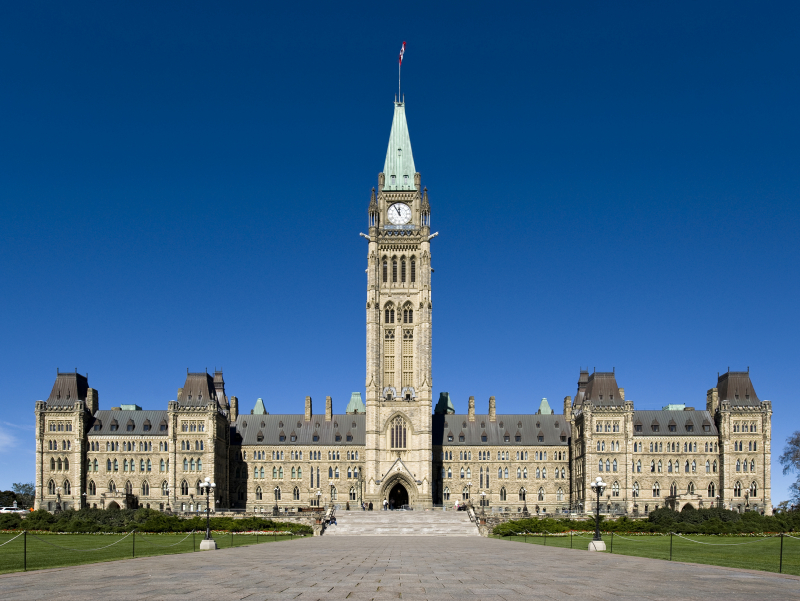
Photo: wikipedia 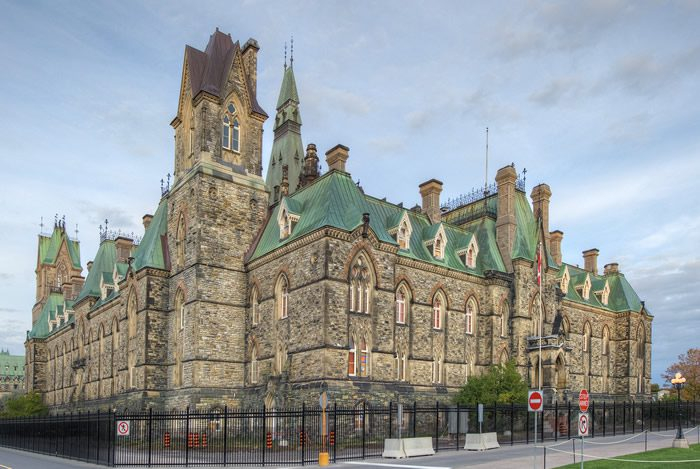
Photo: informedinfrastructure -
The Citadel of Quebec (La Citadelle) is a 19th-century British fortification in Quebec City, Canada. It is the largest British fortress in North America. The Quebec Citadel, which was built between 1820 and 1850, is still garrisoned today as the home of the Royal 22e Regiment. The Quebec Citadel also contains a museum dedicated to this regiment that offers tours of the fortress, as well as the Governor-General of Canada's residence. The Historic District of Old Quebec, which includes the Quebec Citadel, has been a UNESCO World Heritage Site since 1985.
A star-shaped stone defensive wall and four bastions make up the site. The Citadelle would have been self-sufficient in the case of a siege, with its barracks, hangers, powder storage, armory, and even a hospital, but it was never assaulted.
The Quebec Citadel is now the sole Canadian military base open to the public. Batisse the goat, the regimental mascot, accompanies the changing of the guard while officers and soldiers dressed in scarlet regimental dress uniforms and wearing bearskin hats perform drill moves for the public to the accompaniment of the regimental band.
Depending on the season, excursions run every 15 minutes to an hour, with French and English-language tours alternated throughout the day. The Governor General's Residence is situated in the same complex and can be viewed on a guided tour.Location: Quebec City, Quebec, Canada
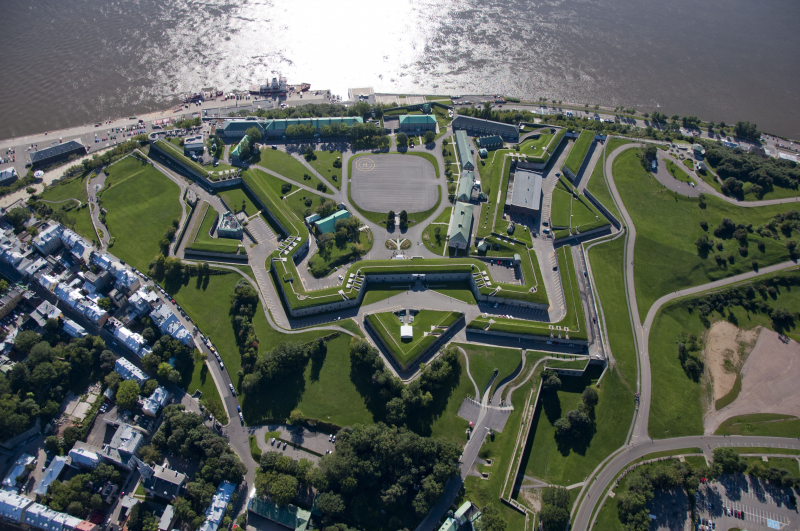
Photo: wikipedia 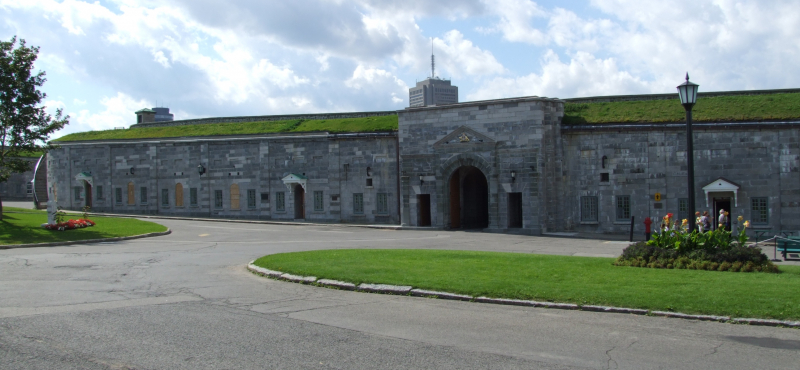
Photo: commons.wikimedia. -
The Fortress of Louisbourg, surrounded by Cape Breton's rocky shoreline, was a painstakingly recreated 18th-century French fortified settlement. In reality, it is North America's largest reconstruction of its kind, and it is now a popular living history museum.
The Fortress of Louisbourg, built in 1719 on the Ile Royale (Cape Breton Island) near the eastern end of the Canadian province of Nova Scotia, was a successful cod fishing port town and trading center.
The defenses that ringed the town, which were mostly built between 1720 and 1740 and were one of the most extensive and expensive European fortifications built in North America, were named after Louis XIV of France.
Visitors can take a tour of the town, which includes stores, homes, and fortifications. There are daily guides and costumed actors around the site from June until mid-October (available by pre-booking at other times). Furthermore, while sipping rum and observing lace-making and youngsters enjoying 300-year-old pastimes, you can converse with fisherman, sailors, and maids.
Location: 259 Park Service Rd, Louisbourg, Canada
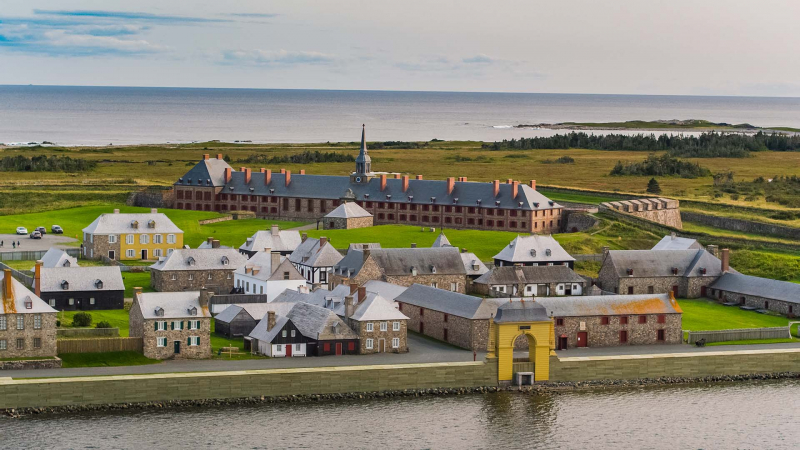
Photo: novascotia 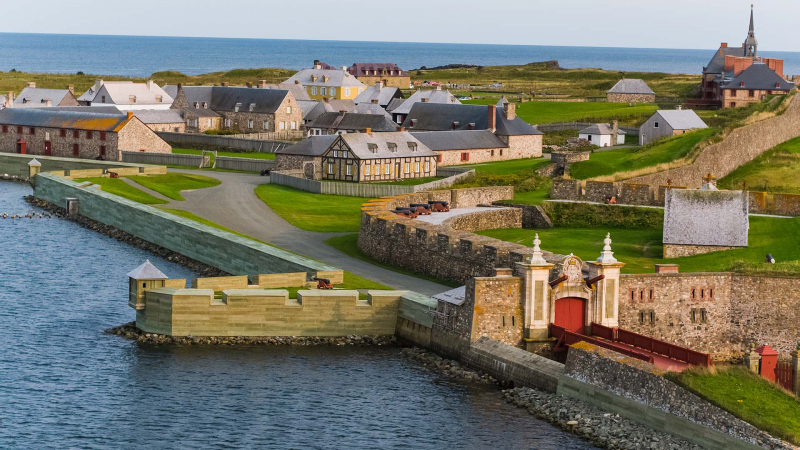
Photo: novascotia -
The Quebec Fortifications NHCS (National Historic Site of Canada) towers above the St Lawrence River and is the only surviving historic city defenses in North America north of Mexico and St Augustine, Florida. After capturing Quebec City from the French in the Battle of the Plains of Abraham in 1759, the English strengthened the existing walls.
The Quebec Fortifications may be dated back to 1608 when Samuel de Champlain established the city as the capital of New France. The French, on the other hand, built the majority of what is visible today of the Quebec Fortifications in the first part of the 18th century.
The British captured Quebec in 1759 and proceeded to enhance the fortifications, including the construction of the Quebec Citadel, which was finished in 1831. The Governor-General of Canada, Lord Dufferin, played a key role in the preservation of the Quebec Fortifications later that century.
The military landmark is now a famous tourist destination in Canada due to its beautiful beauty and fantastic perspectives. Today, between 9.30 a.m. and 4.30 p.m., tourists can take a 90-minute tour of the last 4.6 kilometers of Quebec Fortifications, which include curtain walls, turrets, and gates. At the same time, visitors can see a variety of connected historic places throughout the city. The Saint-Louis Gate, the Quebec Citadelle NHSC, and the Quebec Garrison Club NHSC are among the sights to view.
Location: Quebec City, Quebec, Canada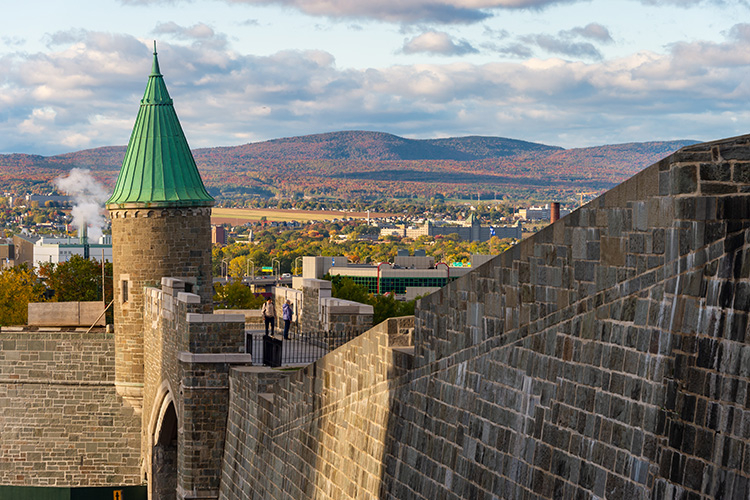
Photo: historyhit 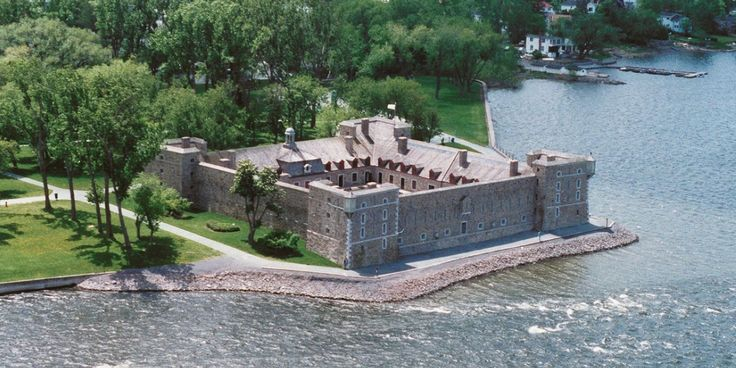
Photo: pinterest -
The Prince of Wales Fort near Churchill, which is now a National Historic Site of Canada, was a fortified base of the Hudson's Bay Company, a fur trading company, in the 18th century.
The fortress was meant to be an unassailable English stronghold, and its imposing high walls and 40 mounted cannon, as well as the battery, gun, and powder store built to protect it on Cape Merry, are still standing today. Explorer Samuel Hearne, as commander of the fort, ceded it to the French in 1782, effectively ending Hudson's Bay's possession and the fort's utility.
In 1920, Prince of Wales Fort was recognized as a national historic site, and in 1933, Sloop Cove and Cape Merry were added. The ruin known as Prince of Wales Fort is historically and architecturally significant.
The Prince of Wales Fort's magnificent remains feature a star-shaped structure with thick stone walls and a battery with 40 mounted cannons. There is also a tourist center with exhibits and information on the history of the Prince of Wales Fort. It is now considered one of the most beautiful historical sites in Canada, so it attracts a lot of tourists. Visitors can go whale watching on the way to the fort on the boat, as around 3,000 beluga whales congregate in the Churchill River in July and August.Location: Prince of Wales Fort, Churchill, MB R0B 0E0, Canada
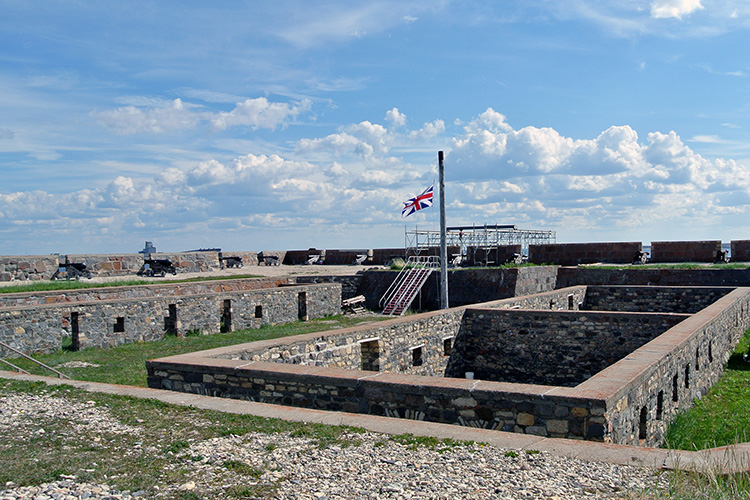
Photo: historyhit 
Photo: historyhit -
In Canada, the Kejimkujik National Park contains historical sites dating from pre-colonial times to the present day. It's a popular destination for those looking to get away from the hustle and bustle of everyday life and immerse themselves in Nova Scotia's natural splendor.
Kejimkujik National Park has been occupied for over 4,000 years by many indigenous peoples, including the Mi'kmaq, who have lived in the area for the last 2,000 years. The park gets its name from Kejimkujik Lake, which is a Mi'kmaq word that means "place of fairies." On slate outcroppings along the shore, a number of rock engravings can still be visible. They portray scenes from traditional Mi'kmaq life, like as hunting, fishing, and animals, over the years.
European settlers began to arrive in the area around 1820, and a variety of enterprises arose, including farming, logging, and gold mining. A multitude of historical sites, including as sawmills, pits, and mining huts, can be visited.
Kejimkujik is now a popular destination for travellers seeking an active, outdoorsy experience. The traditional waterways, which were the same channels used by Indigenous people for generations, can be explored by canoe.
The hiking paths are enormous, with some stretching for 16 days and passing through Acadian forests, red maple floodplains, windswept pine trees, and old-growth hemlocks. There is also a long stretch of coastline and shoreline that is a hiker's dream.Location: Nova Scotia, Canada
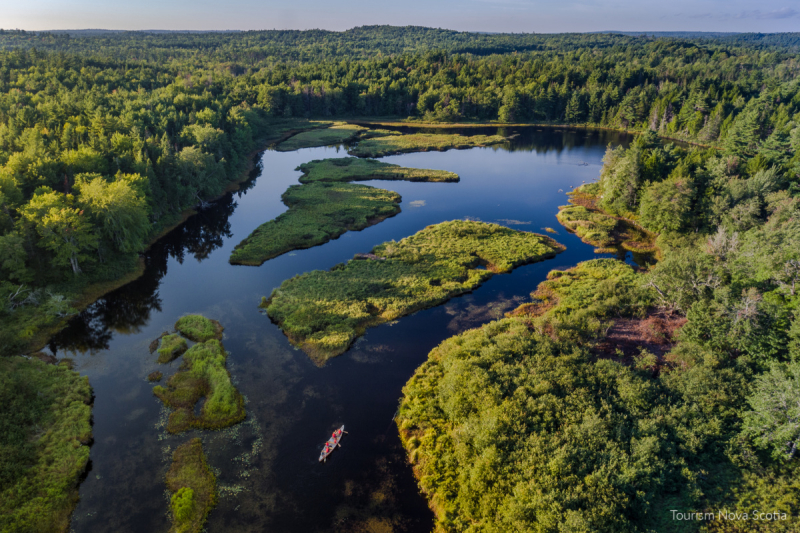
Photo: visitsouthshore 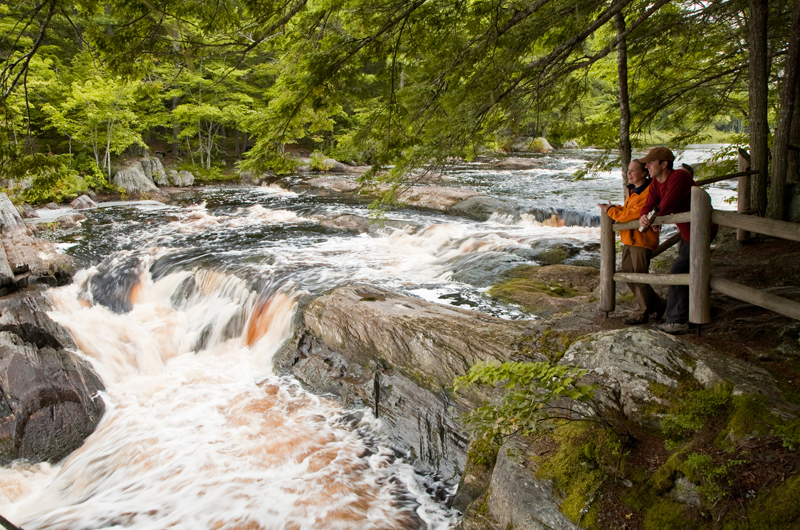
Photo: novascotia































